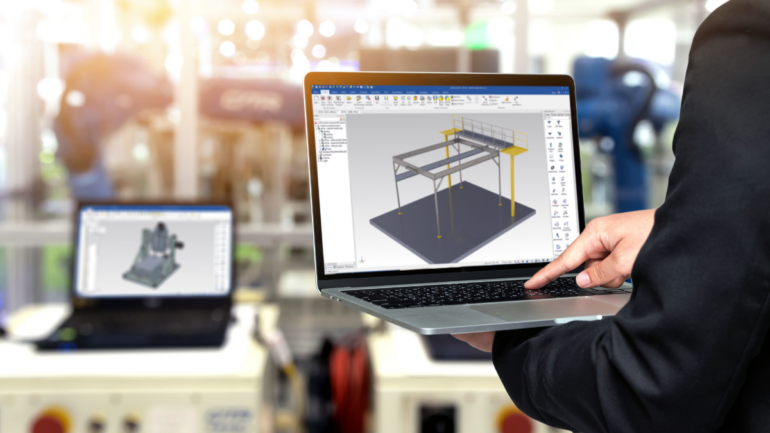Computer-Aided Design, or CAD, is a software application used in various industries for designing and creating detailed 2D and 3D models. It has revolutionized the way design is done and has become an essential tool for engineers, architects, manufacturers, and product designers. This article will provide an overview of CAD services and what you need to know about this technology.
What is CAD?
CAD is a computer software application that is used to create, modify, and optimize designs for various products, structures, and machines. It allows designers to create highly accurate and detailed models of their designs, which can be easily shared, modified, and reproduced. It is widely used in industries such as manufacturing, architecture, automotive, aerospace, and construction.
Types of CAD Services

There are various types of CAD services that are available depending on the industry and the design requirements. Some of the common CAD services are:
- 2D Drafting – 2D drafting is used to create 2D drawings of products or structures. It is commonly used in industries such as architecture and construction.
- 3D Modeling – 3D modeling is used to create 3D models of products, structures, and machines. It allows designers to create a detailed representation of their procedure, which can be used for simulations and testing.
- Product Design – It is used to create detailed strategies for products such as consumer goods, electronics, and machinery. It involves the creation of 3D models and prototypes for testing and validation.
- Architectural Design – It is used to create detailed 3D models of buildings, landscapes, and interiors. It allows architects to visualize the design and make necessary modifications before construction.
Benefits of CAD Services

Computer-Aided Design (CAD) is a powerful tool used in a variety of industries to create highly accurate and detailed designs of products, structures, and machines. The use of CAD services provides numerous benefits to businesses, including:
Increased Efficiency
CAD services enable designers to create and modify designs quickly and easily, reducing the time required for the design process. This improved efficiency results in faster time-to-market and increased productivity.
Improved Accuracy
CAD services offer high accuracy and precision, ensuring that the design meets the required specifications and standards. This results in fewer errors and design flaws, leading to better-quality products and structures.
Better Visualization

CAD services allow designers to visualize their designs in 3D, enabling them to detect and correct any potential issues before production. This results in improved product quality and reduced costs associated with physical prototypes and testing.
Lower Costs
CAD services reduce the need for physical prototypes and testing, leading to lower costs and faster time-to-market. These cost savings can be significant, especially for complex products and structures.
Conclusion
CAD services are an essential tool for various industries, enabling designers to create highly accurate and detailed models of their designs. They offer numerous benefits, including increased efficiency, improved accuracy, better visualization, lower costs, and increased flexibility. Understanding the different types of CAD services and their benefits can help businesses choose the right CAD services provider for their specific needs.
